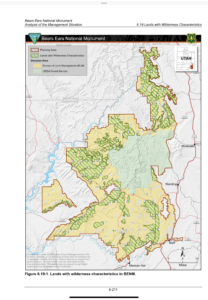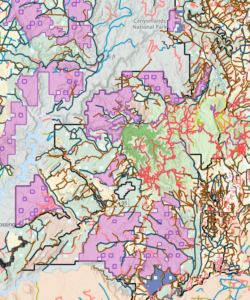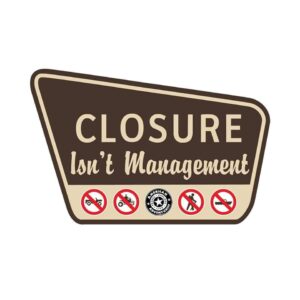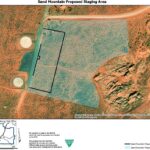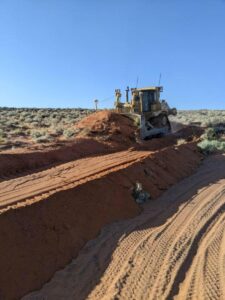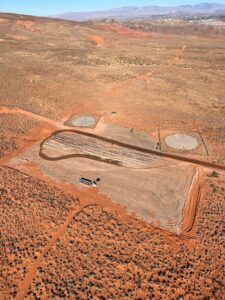R.S. 2477 is Powerful Tool to Keep Roads Open
 What is R.S, 2477? RS 2477 is a federal law that authorized construction of roads across federal public lands that was passed in 1866. It helped settle the West for 110 years. Residents of Utah, visitors, pioneers, and settlers created and used thousands of roads across public lands for farming, ranching, hunting, recreating, mining, and connecting communities. We continue to use many of these routes daily and some occasionally or seasonally.
What is R.S, 2477? RS 2477 is a federal law that authorized construction of roads across federal public lands that was passed in 1866. It helped settle the West for 110 years. Residents of Utah, visitors, pioneers, and settlers created and used thousands of roads across public lands for farming, ranching, hunting, recreating, mining, and connecting communities. We continue to use many of these routes daily and some occasionally or seasonally.
Although Congress repealed R.S, 2477 in 1976 when they enacted the Federal Land Policy and Management Act (FLPMA), Section 701 preserved all R.S. 2477 rights of ways that existed at the time FLPMA was passed and preserved them for public use.
There is no formal administrative or judicial process under FLPMA, but in 2012 the Utah Attorney General filed lawsuits relating to R.S. 2477 rights of wa
y. In 2015, the Utah Federal District Court entered an order that established a process for processing 12,500 right of way claims throughout the state. One of the requirements was that Utah had to submit proof of county maintenance or public use of claimed right of way for a period of at least 10 years prior to October 21, 1976.
It is important to note that R.S. 2477 routes can be across both private and public land, which is especially important to protect access to public land that crosses over privately owned land. This is becoming even more important as development increases throughout Utah.
PLPCO’s Role The Utah Public Lands Policy Coordinating Office (PLPCO) is a state agency that provides research and litigation support for R.S. 2477 claims. One of their first tasks was to document each of the 12,500 Utah roads, which is available publicly on their Access Map 360° , which shows not only the route, but also video tours of the routes to show the condition of their existence.
How to get Help If a route is threatened near you, and you want to see if R.S. 2477 may help in keeping it open, follow these steps.
- Check the Access Map 360° to see if the route is catalogued
- If it is catalogued, build a statement giving all relevant facts such as the Road #, who and why is threatening closure, and documentation that the road is still in public use. Send an email with all your documentation to PLPCO, and please also copy UPLA
- PLPCO will contact you about your claim.
PLPCO has Attorney Generals in their office that will assist in working the claim, often working with your local County Attorney General to resolve the matter.
Utah Code 72-5-104 also provides protection for Prescriptive Easements for public roads in use for more than 10 years. Iron County recentlly passed an Ordinance that makes it illegal to close “public” roads, notifying land owners to reopen the road or face administrative action from the County. I recently testified at a Washington County Planning Commission hearing where they adopted an Ordinance that requires owners include any R.S. 2477 roads be disclosed in their applications to ensure they remain open. UPLA will be pursuing the Washington County Commissioners adopt a similar Ordinance as that of Iron County.
Be sure to let UPLA know of R.S. 2477 issues or pending legislation in your area.
